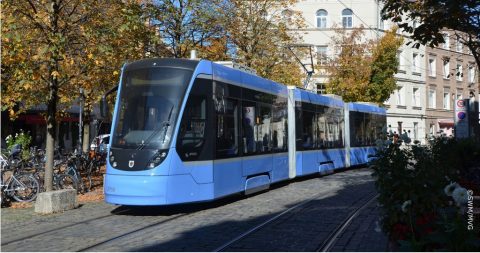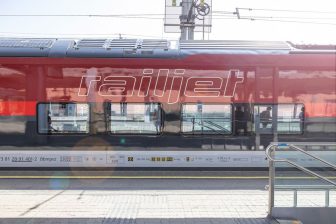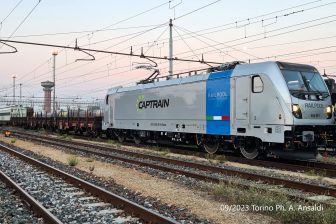
Lower energy use and less noise result of Siemens’ tram test in Munich
source: Siemens, image credits: Stadtwerke München (SWM)
The results of testing semiconductor technology based on silicon carbide in a tram in Munich are in. A reduction of both noise and energy use was achieved with the tests by Siemens Mobility and Stadtwerke München (SWM).
Want to read more?
You have read all of your free premium articles for this month. Please become a subscriber to keep reading.
Subscribe now!
Take advantage of our exclusive offer to get full access to all premium content.



